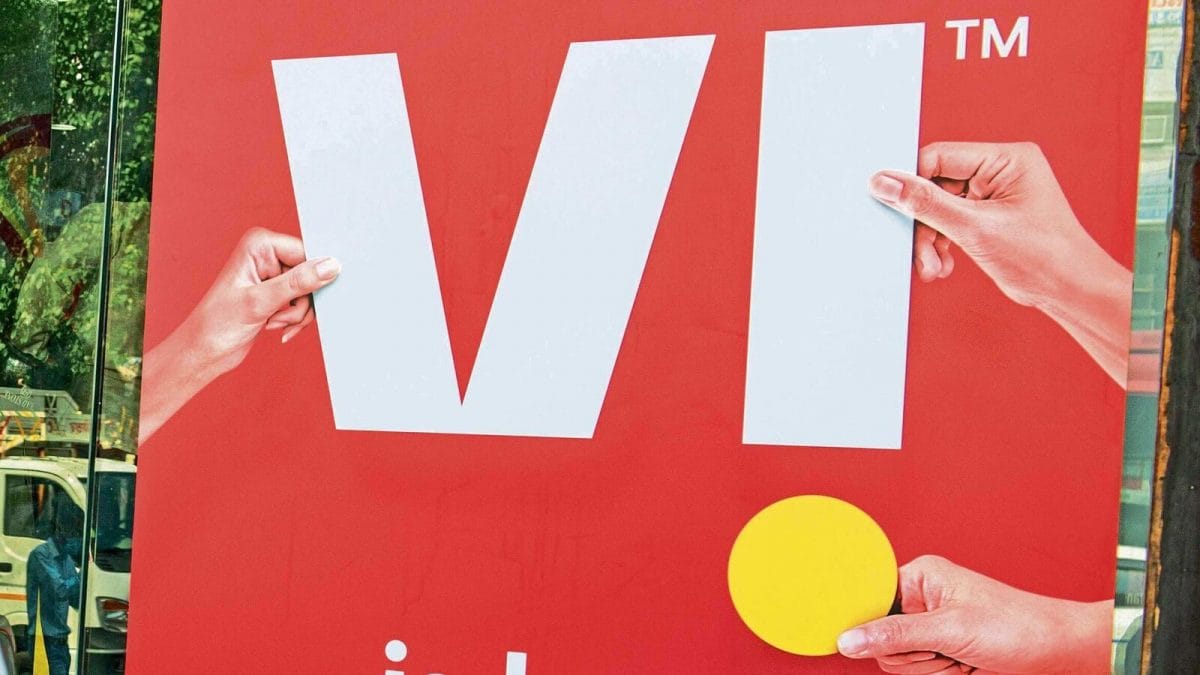Last Updated:
Jewellers are aggressively marketing monthly gold installment schemes, promising convenience and relief from rising prices. But do these schemes really benefit consumers?

There are several ways to invest in gold without locking money into jewellery. Sovereign Gold Bonds, Gold ETFs and digital gold. (Getty Images)
Gold has always held a deeply personal and financial significance in Indian households. It is a symbol of purity and prosperity, an emotional asset gifted during weddings and festivals, and a safety net that families rely on in crisis. However, in the last year, gold has also become one of the most expensive commodities for Indians. With 24-carat prices crossing Rs 1,25,000 per 10 grams, and 22-carat rates hovering around Rs 94,000, purchasing jewellery now demands a much heavier financial commitment than before.
In this environment, buyers are searching for easier, structured ways to manage large jewellery expenses. As a result, jewellers across India — from large national chains to local shops — are aggressively marketing monthly gold instalment schemes, promising convenience and relief from rising prices. But do these schemes really benefit consumers, and what must buyers watch out for before enrolling?
Let us break down on how these gold schemes work, why gold prices are high, whether monthly instalments actually save money, and what lessons every jewellery buyer should know.
Why Gold Prices Are Rising In India
Gold prices have surged globally over the past year. International uncertainty, geopolitical conflicts, fluctuating stock markets, high inflation and weakening confidence in major currencies have pushed investors everywhere towards gold as a safe haven. In India, this global trend has collided with very high domestic demand. The result is a sustained upward push in gold prices, with analysts warning that prices could climb even further over the next two to three years.
For an Indian family preparing for a wedding or long-term jewellery purchase, this creates a psychological pressure: buy now, before it becomes unaffordable later. This fear, combined with the cultural compulsion to own gold, is the reason instalment schemes are now booming.
How Monthly Gold Instalment Schemes Actually Work
At first glance, these schemes appear simple. A customer deposits a fixed amount every month — usually for 10 to 12 months — and at the end of the tenure, the jeweller allows them to purchase jewellery using the total amount accumulated. The shop then offers an incentive, most commonly by contributing one month’s instalment or waiving a small charge. This gives buyers the impression that they are receiving a discount or beating inflation.
However, there are two broad formats, and understanding the difference is critical:
Rupee-Based Scheme: The customer keeps depositing a fixed rupee amount every month. At the end, they buy jewellery at prevailing market rates.
Gold Weight-Based Scheme: Each instalment is converted into a fixed weight of gold. The customer accumulates grams, not money, and can buy jewellery equal to that weight at the end.
This difference can change the entire outcome. In periods of rising prices, weight-based schemes are more beneficial because the gold quantity is locked in, while rupee-based schemes leave buyers exposed to price jumps.
The Hidden Reality Of Making Charges & Final Billing
The biggest surprise for most customers arrives at the end of the scheme. Even after paying diligently for 12 months, the final bill at the jewellery counter almost always shoots up. This is because making charges, wastage, and GST are not covered by instalments.
Making charges can range anywhere between 8% and 35% depending on the design. Traditional ornaments, antique pieces, temple jewellery and heavily crafted items always carry higher charges. So, while the instalment covers only the gold value, the customer must still pay a large lump sum for charges at the time of purchase. This is where most buyers feel misled. What was meant to “reduce financial burden” ends up creating a sizeable last-minute expense.
What’s The Liquidity Problem?
Another fact people often overlook is liquidity. These gold schemes are not investments. They are advance-purchase arrangements. You cannot withdraw your money halfway. You cannot resell the gold mid-scheme. And you cannot convert the plan into cash later. The deposited amount is locked, and it can only be used to buy jewellery — not coins, not bars, and not financial gold.
This makes instalment schemes rigid and unsuitable for customers who want flexibility.
What About Better Alternatives?
There are several ways to invest in gold without locking money into jewellery. Sovereign Gold Bonds provide annual interest in addition to price appreciation. Gold ETFs allow easy buying and selling on stock exchanges. Digital gold offers transparency and instant liquidity through apps and payment platforms.
For anyone whose primary motive is wealth creation — not wearing ornaments — these financial products deliver better returns and better flexibility than instalment plans.
However, jewellery instalment schemes continue to thrive because they serve a different motive: sentiment, tradition and planned buying for a future occasion.
The Only People Who Benefit From Such Schemes
Monthly jewellery plans are useful only for a specific category of buyers:
- Families saving for a wedding purchase
- Households that want to avoid a large one-time cash outflow
- Buyers who are certain they want jewellery — not investment gold
If the end goal is ornaments, then these schemes are simply a discipline tool, helping families break the cost into smaller monthly parts.
What Is The Smarter Approach For Buyers?
To avoid shock, confusion or regret, buyers must follow one golden rule before enrolling: never sign a scheme without understanding its billing formula. The only way such schemes make sense is when customers:
- Prefer weight-based accumulation
- Demand written transparency on making charges
- Confirm purity and hallmarking before starting
- Compare multiple jewellers, not just one
When done with clarity, monthly instalments can genuinely reduce emotional and financial stress. When done blindly, they can become costly mistakes disguised as savings plans.
What To Conclude?
With gold prices rising and likely to rise further, instalment schemes will continue attracting Indian buyers. But the one lesson every consumer must remember is simple: gold jewellery is an emotional expense, not a financial investment. Instalment plans should be seen as disciplined savings, not wealth-building tools.
Those who walk into these schemes with clarity and not sentiment will get the true benefit. Those who confuse jewellery with investment will always be disappointed when the final invoice arrives.
Understanding charges, choosing the right format, and separating cultural needs from financial goals is the only way to ensure that buying gold through monthly instalments becomes a smart decision and not an expensive surprise.
Shilpy Bisht, Deputy News Editor at News18, writes and edits national, world and business stories. She started off as a print journalist, and then transitioned to online, in her 12 years of experience. Her prev…Read More
Shilpy Bisht, Deputy News Editor at News18, writes and edits national, world and business stories. She started off as a print journalist, and then transitioned to online, in her 12 years of experience. Her prev… Read More
October 24, 2025, 13:11 IST
Stay Ahead, Read Faster
Scan the QR code to download the News18 app and enjoy a seamless news experience anytime, anywhere.







